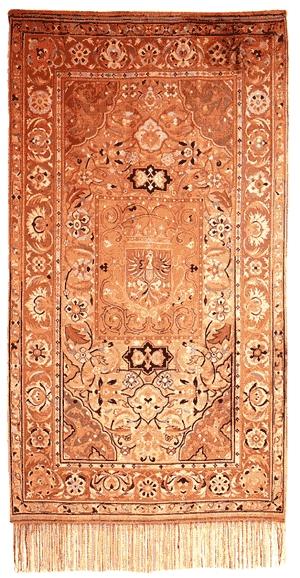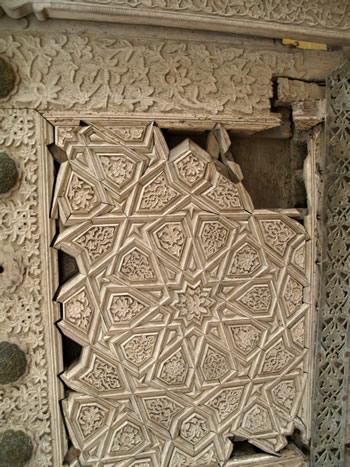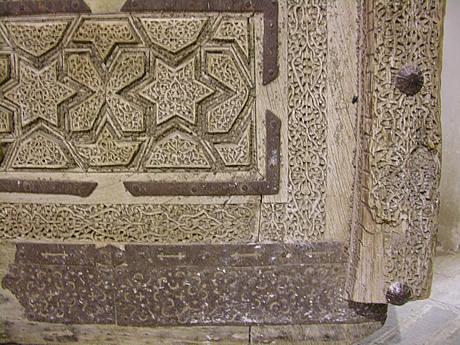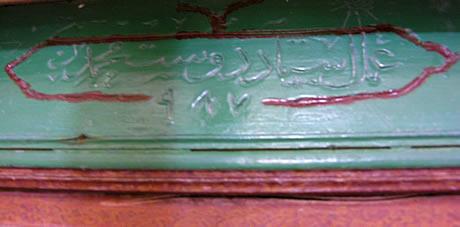Khargird madrese tiles in the autumn sales
This autumn’s London Islamic sales (click here for the links, in alphabetical order, for Bonhams, Christies and Sothebys) include a collection of tiles which are surely from the Khargird madrese in NE Iran. I have a special fondness for this building – and have seriously mixed feelings when I see more of the tiles on …



